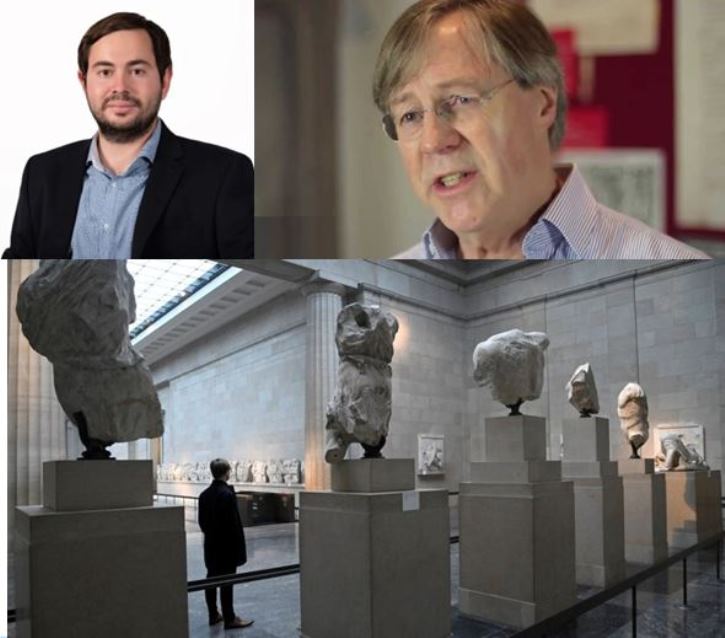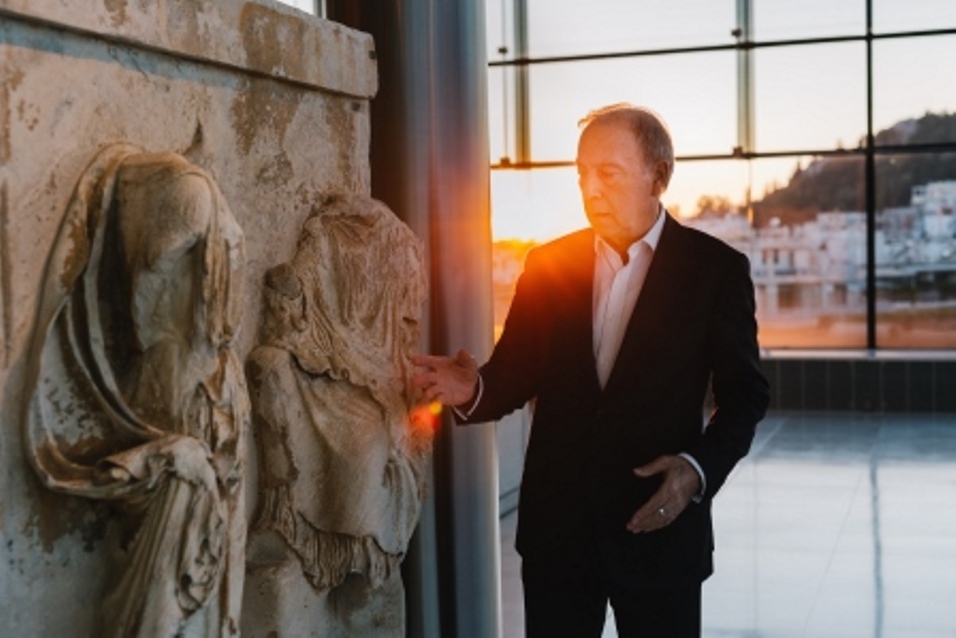Letter in the Financial Times December 6, 2008
Sir, It is refreshing to read a balanced commentary on the future of the Parthenon Marbles by someone who so clearly understands the conflicting feelings and aspirations that surround it (Peter Aspden, "A manifesto for the Marbles", Life & Arts , November 29/30). A putative voice for reason and conciliation has been raised. What might drown it out is the underlying conflict over a matter the FT and its readership would hopefully go a long way to defend: property rights.
The Parthenon Marbles are not simply artefacts; they are fixtures attached to buildings on the Parthenon for more than 2,300 years until they were forcibly removed. They are not independent pieces of statuary or pottery to be crated around the "cultural" museums of the world.
More importantly, as fixtures, they belong to the buildings to which they were attached, unless it can be indisputably demonstrated that their removal was expressly agreed to by the owners of the buildings. Ownership to them could only be transferred on the strongest evidence that a right to remove them had been granted. That would normally require the sort of documentary evidence that does not seem to exist in a form that could sensibly be relied on in a court of law.
This is the real barrier to compromise. It is difficult to see how a government of the Hellenic republic could agree to a "loan" arrangement without also acceding to the British Museum's ownership. Similarly, the British Museum has always defended its ownership of the Parthenon Marbles against all evidence to the contrary. In so doing, it has frequently relied on the prohibition in The British Museum Act of 1963 against disposal of property "vested" in its trustees. Despite the act of 1963, it is at the very least doubtful whether these fixtures ever "vested" in the British Museum.
Such disputes over ownership can be properly tested only in the courts. In 2005, the English High Court famously decided that the British Museum did not have the right to repatriate artefacts vested in its trustees; but that same case suggests that the British Museum does not have the right to retain, indeed would have the duty to return, artefacts that are not vested in its trustees.
Perhaps, with a view to settling this fundamental conflict in good time for the London Olympics, Neil MacGregor, director of the British Museum, could bring an action in the High Court to determine the question of ownership; and therefore whether the museum has the right to retain, or even perhaps the obligation to repatriate the Parthenon Marbles? That would at least clear the main obstacle to Peter Aspden's enlightened suggestions.
John Kapranos Huntley,
Professor of Law (Retired),
Bearsden, East Dunbartonshire, Scotland




